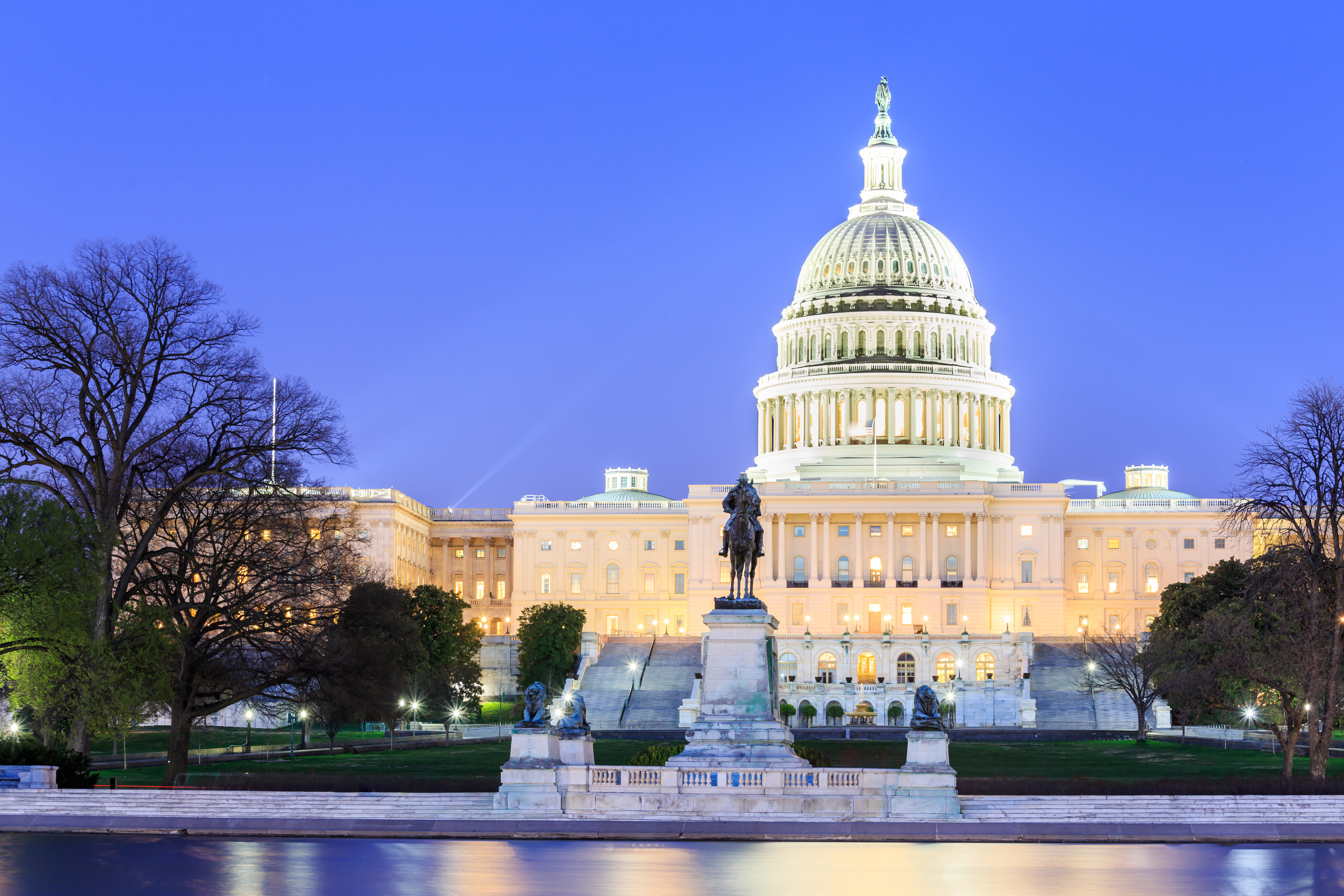Slight Twist To Consider for 2018 ACA Affordability
The new ACA affordability rate released by the IRS took a slight twist for 2018—it went down this year.
For employers, this means that depending on the affordability safe harbor you are using, you may be contributing more toward employees than in previous years.
Of course, in most cases we’re looking at a change in contribution of a few dollars per month. For example, an employer using the W2 safe harbor, when considering a $30,000 salaried employee, will have to pay an additional $3.25/month or $39 annually, should he or she be toeing the affordability line to stay compliant.
This may also apply to those using the rate-of-pay safe harbor.
| Year | W2 Income | Affordability Percentage | Maximum Employee Monthly Contribution |
| 2015 | $30,000 | 9.5% | $237.50 |
| 2016 | $30,000 | 9.56% | $239.00 |
| 2017 | $30,000 | 9.69% | $242.25 |
| 2018 | $30,000 | 9.56% | $239.00 |
For those using the Federal Poverty Line (FPL) Safe Harbor, the employee maximum contribution toward the lowest cost single coverage plan has gone up the same as it has in previous years.
| Year | Prior Year FPL | Affordability Percentage | Maximum Employee Monthly Contribution |
| 2015 | $11,670 | 9.5% | $92.97 |
| 2016 | $11,770 | 9.56% | $94.75 |
| 2017 | $11,880 | 9.69% | $95.93 |
| 2018 | $12,060 | 9.56% | $96.08 |
There are a lot of opinions as to which safe harbor employers should adopt. Undoubtedly, using the FPL Safe Harbor, in most cases, provides the greatest degree of protection from failing the ACA affordability test.
But, that added compliance cushion comes with a cost.
Often, counsel will advise clients to air to the side of caution by setting employee contributions below the FPL. But, keeping employee contributions below the Federal Poverty Line threshold can get expensive. Sure, there is the added IRS incentive of simplified reporting (utilizing code 1A in line 14), but that loses much of its value once employers adopt an automated reporting solution.
Finding the affordability sweet spot
Take a look at the two charts above. Both sets of employee contributions are perfectly compliant with the ACA affordability standards, but one (FPL Safe Harbor) costs the employer an additional $1,715.04 per enrolled employee each year. For the smallest ALE (50 employees) that could amount to more than $85,000 in additional health benefit expenses.
Now, toeing the affordability line with your employee contributions leaves little room for error, but depending on employee wages, there’s a lot of space between the W2 and FPL safe harbors to set an affordable and compliant employee health contribution.
When it comes to complex regulations, the tendency is often to air to the side of excessive compliance. It’s understandable, but the right counsel can help an employer find the sweet spot between compliance protection and minimizing further exposure to rising health insurance costs.
Finding the sweet spot with the right technology
For employers looking to protect themselves from ACA non-compliance and minimize their exposure to rising health costs, they might look to improved methods of accounting and tracking for ACA compliance.
At Benetech, we always encourage employers to implement an ACA solution that is integrated with Benefits Administration, Payroll, and Employee Time Tracking. Having all of the requisite ACA data in one system will allow employers greater transparency into their compliance status without having to build excessive padding into their employer contributions to maintain affordability and avoid penalties.
{{cta(‘1057af33-fb61-456e-86d6-436f96efa9a0’)}}




